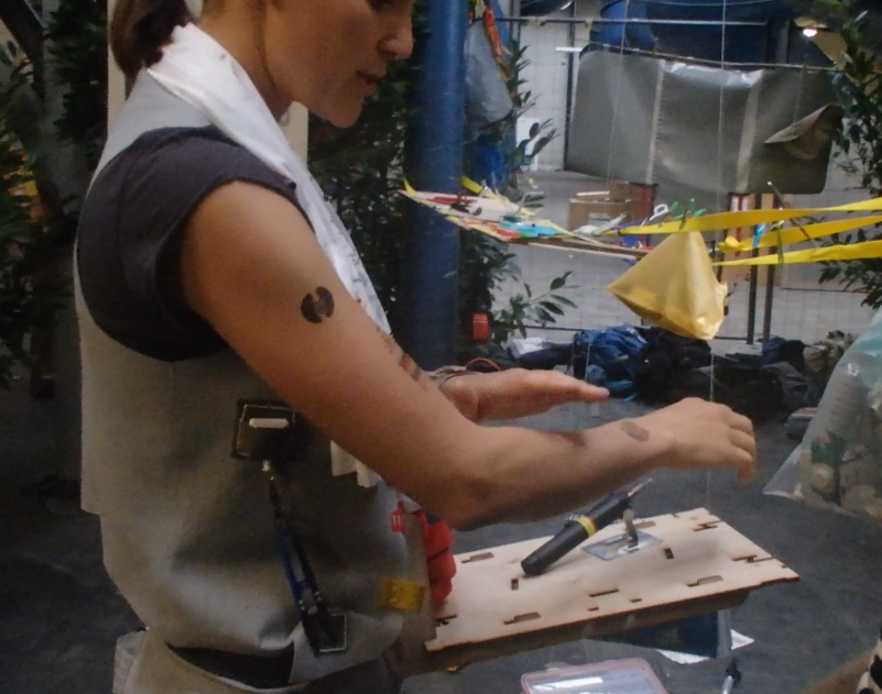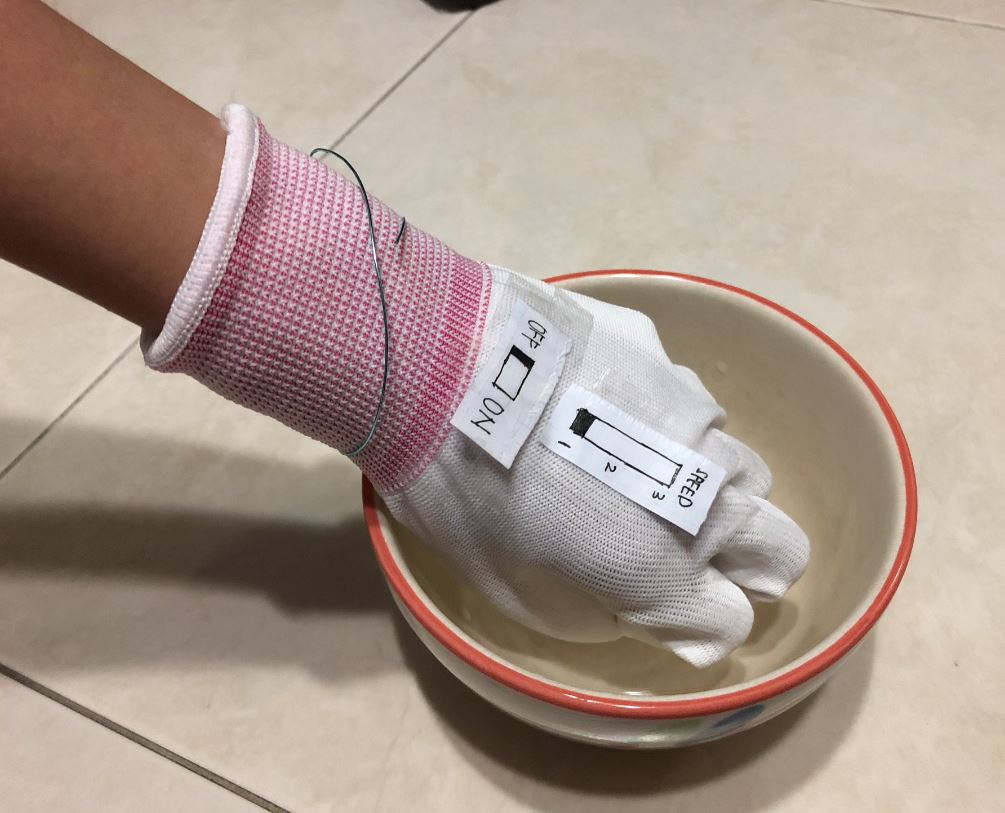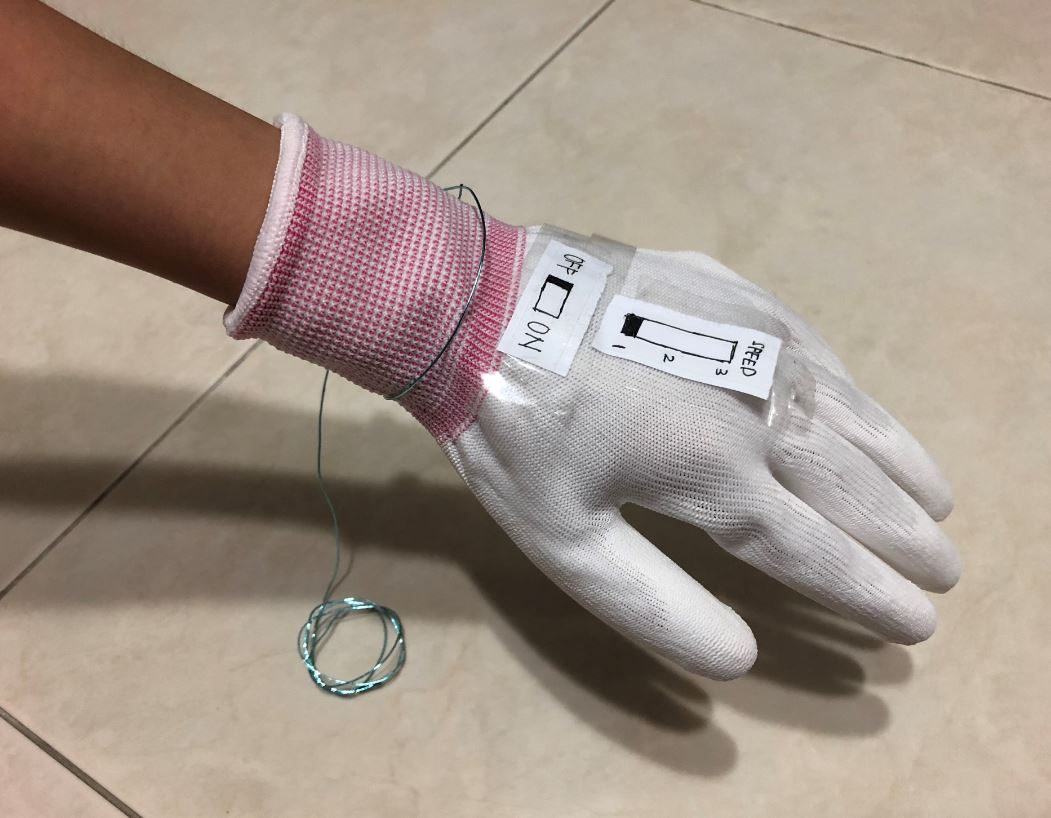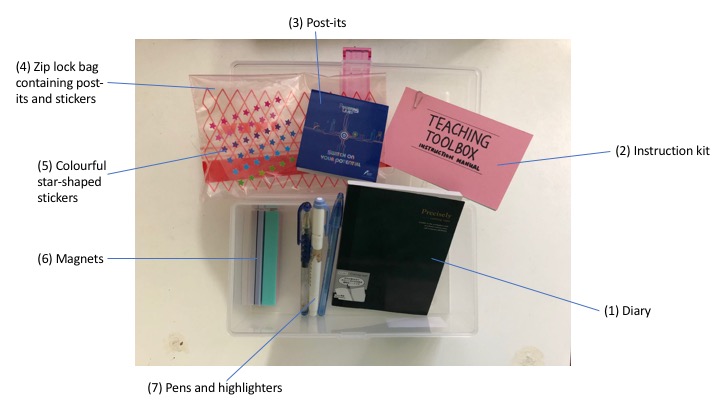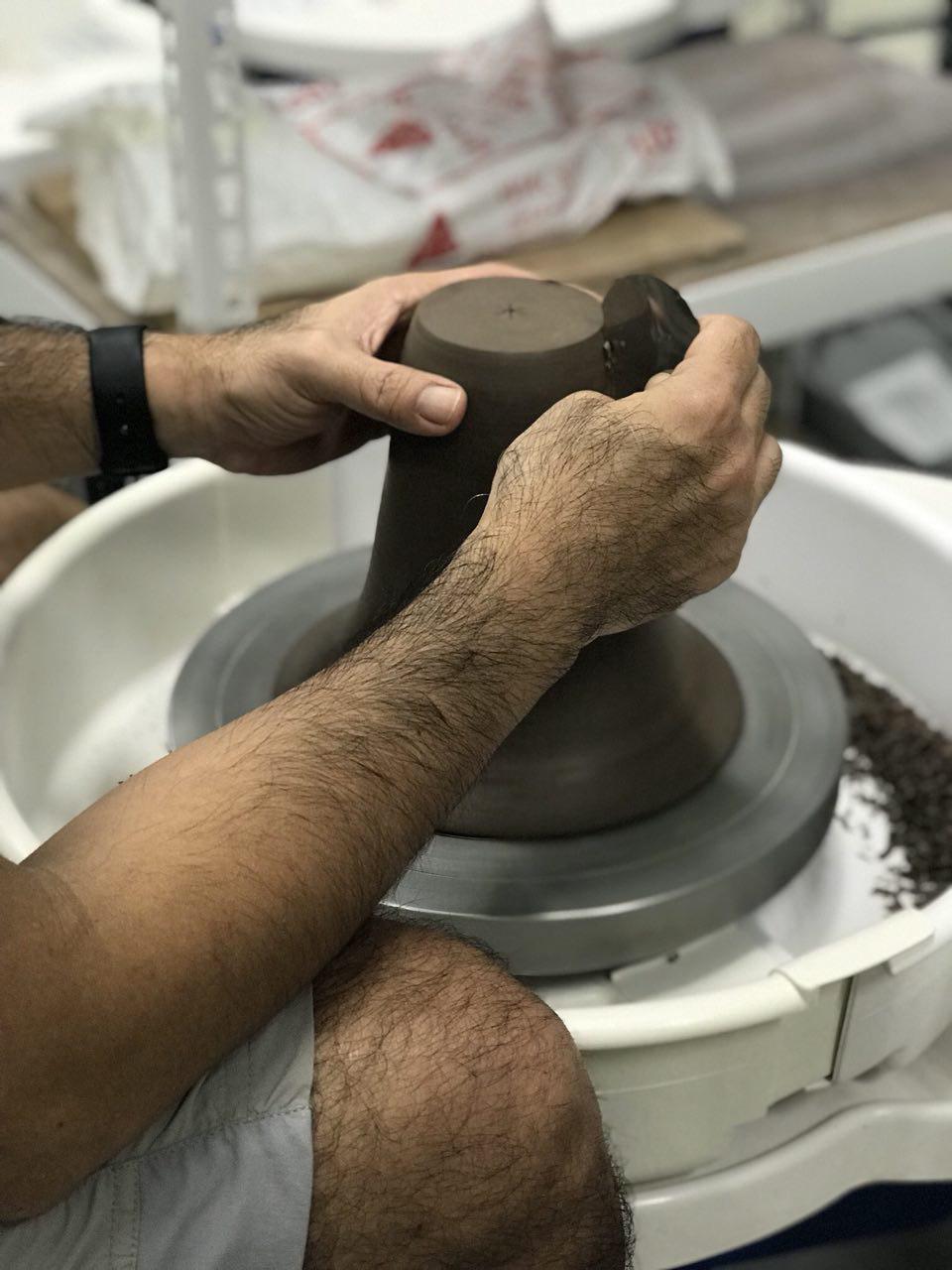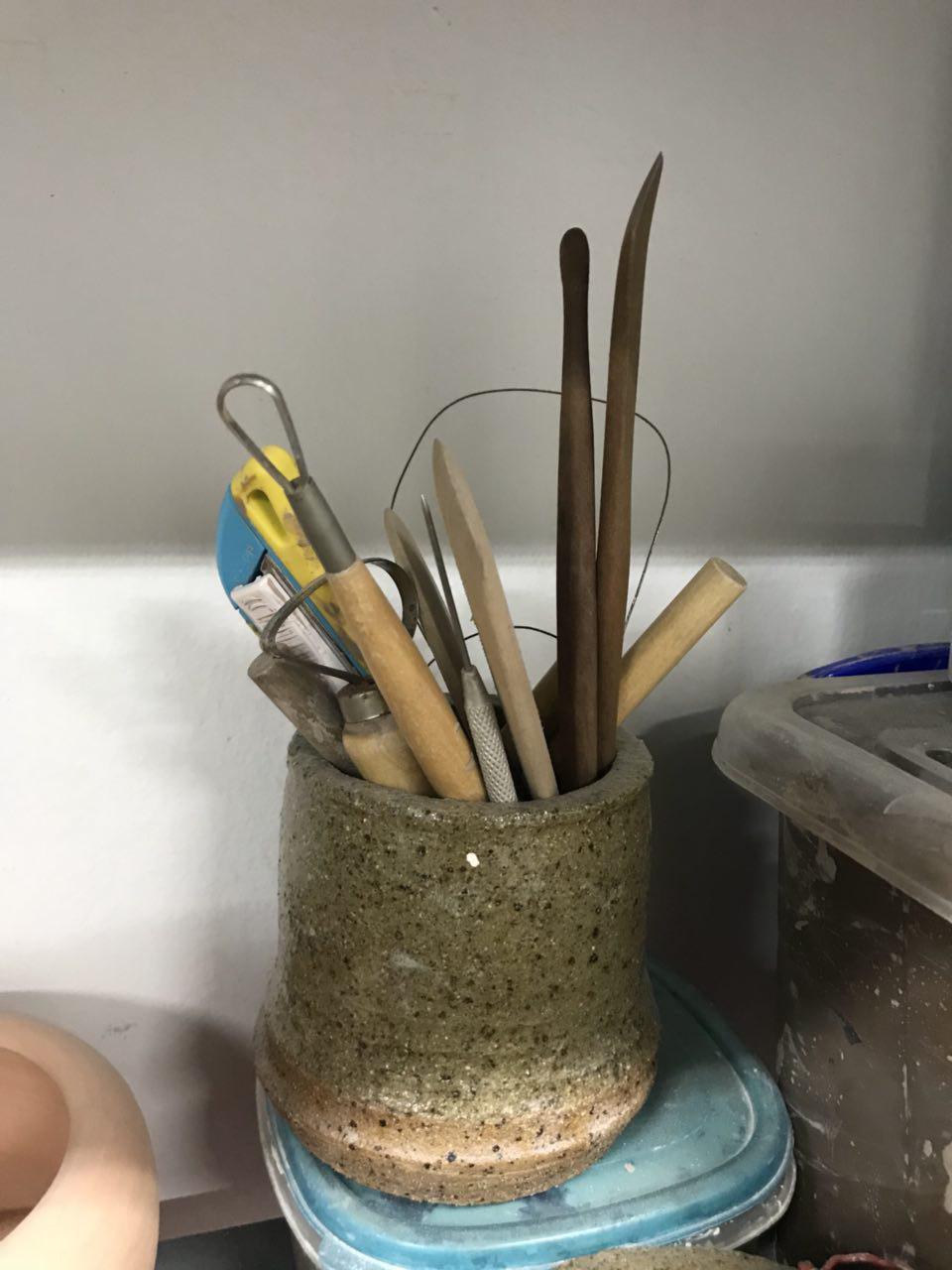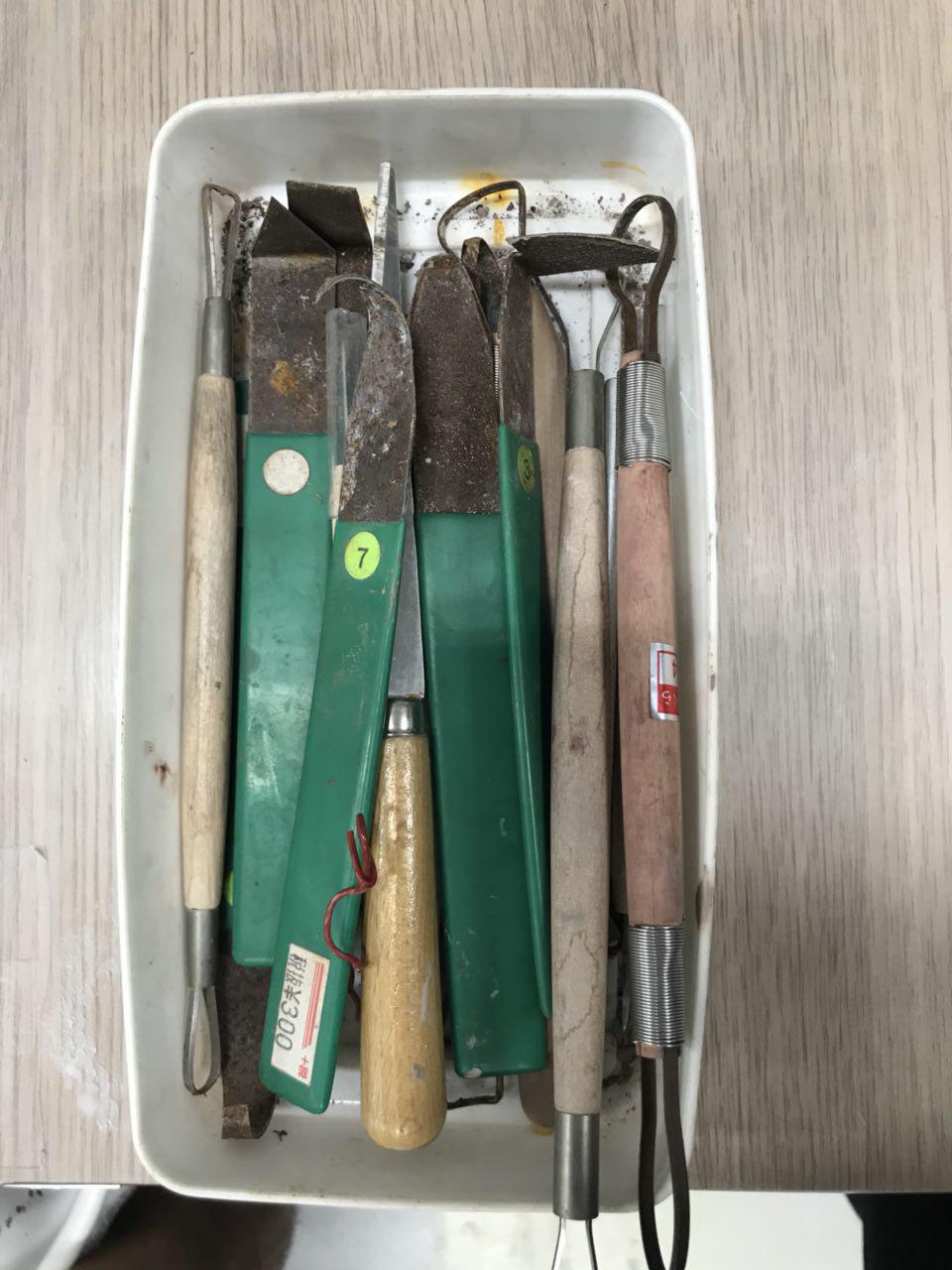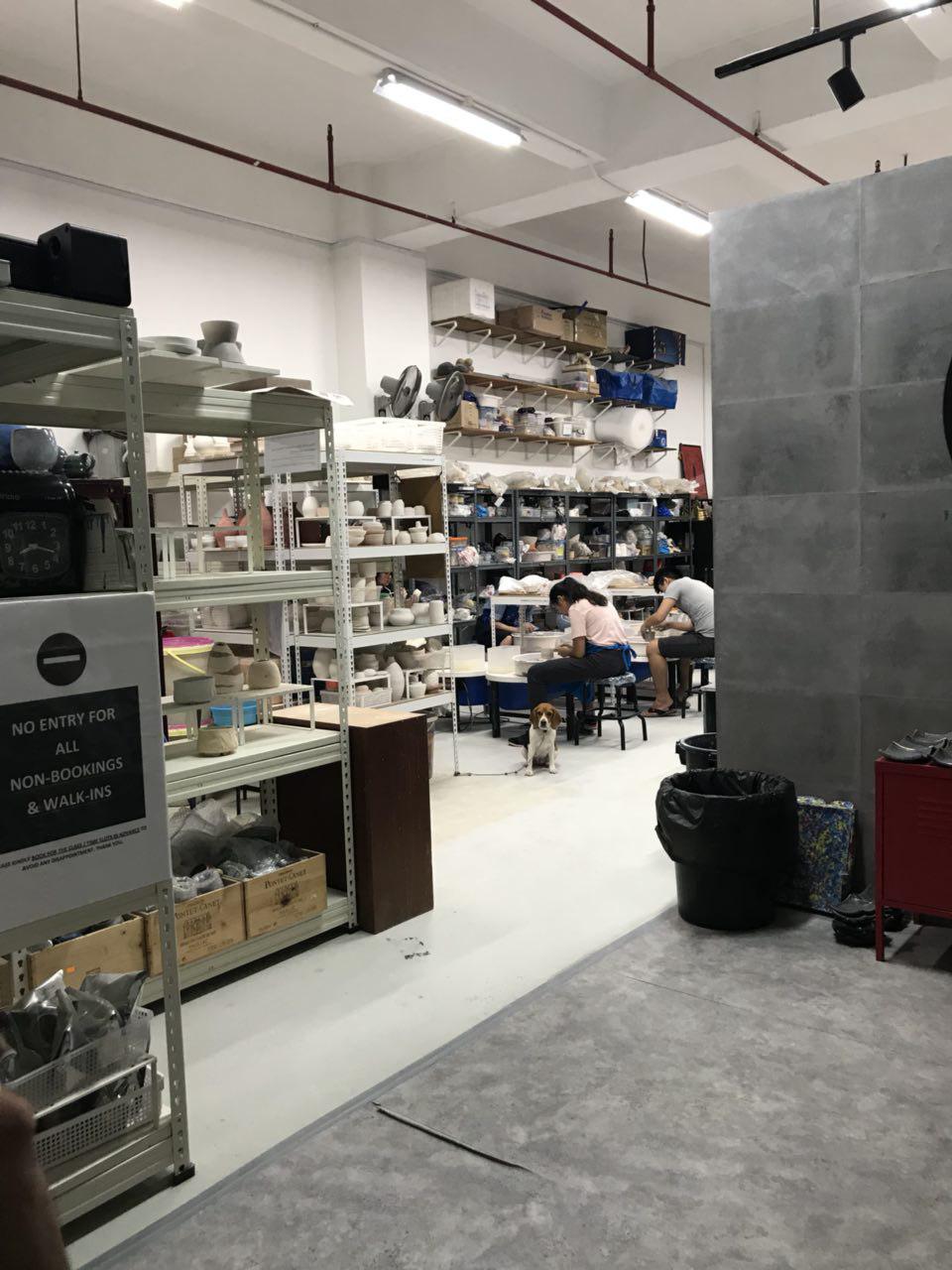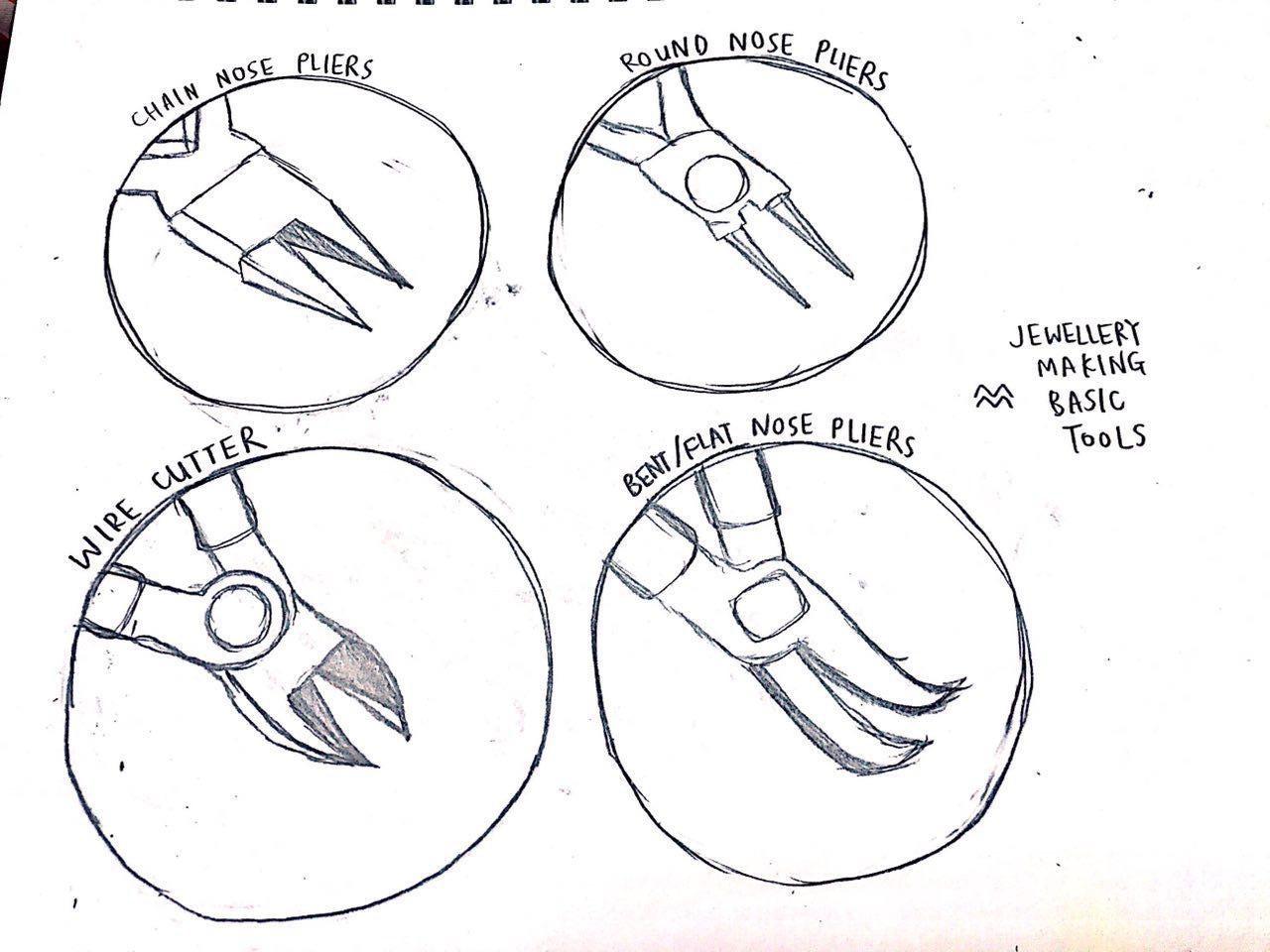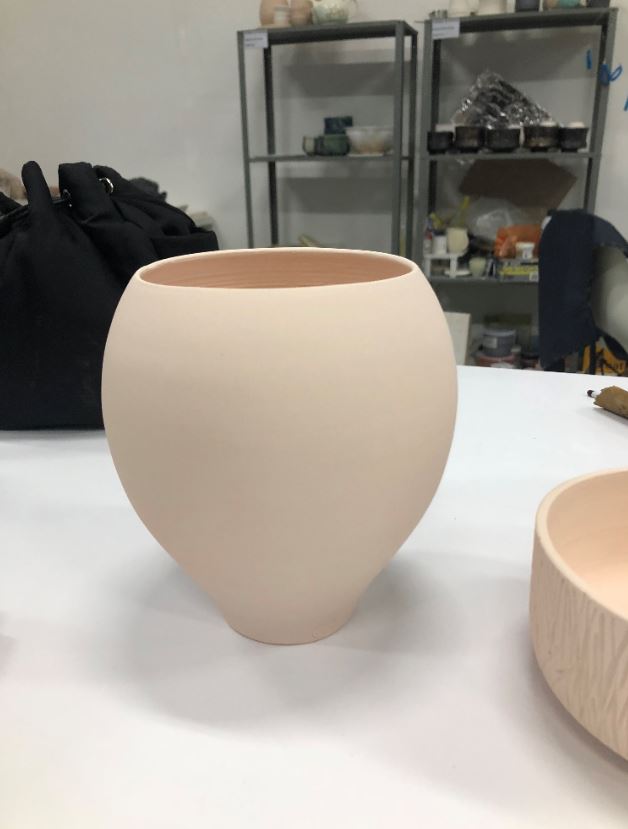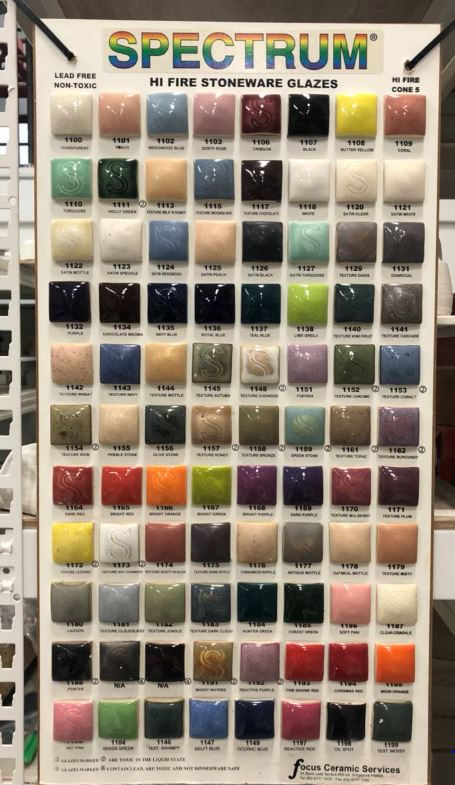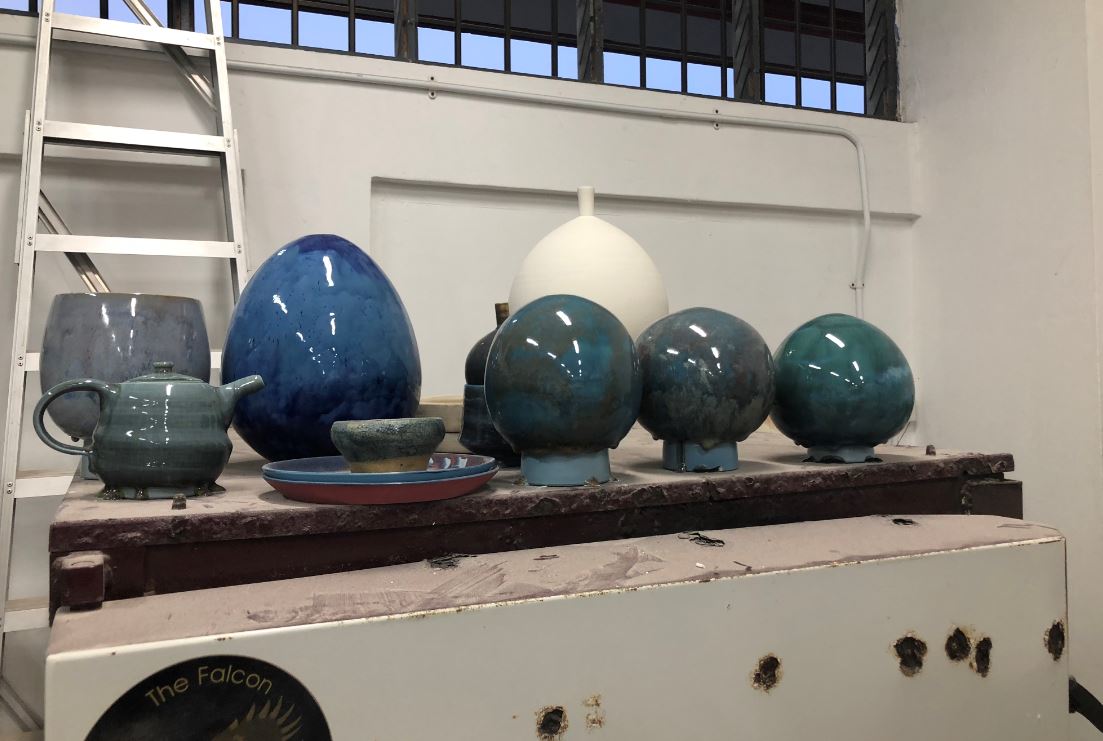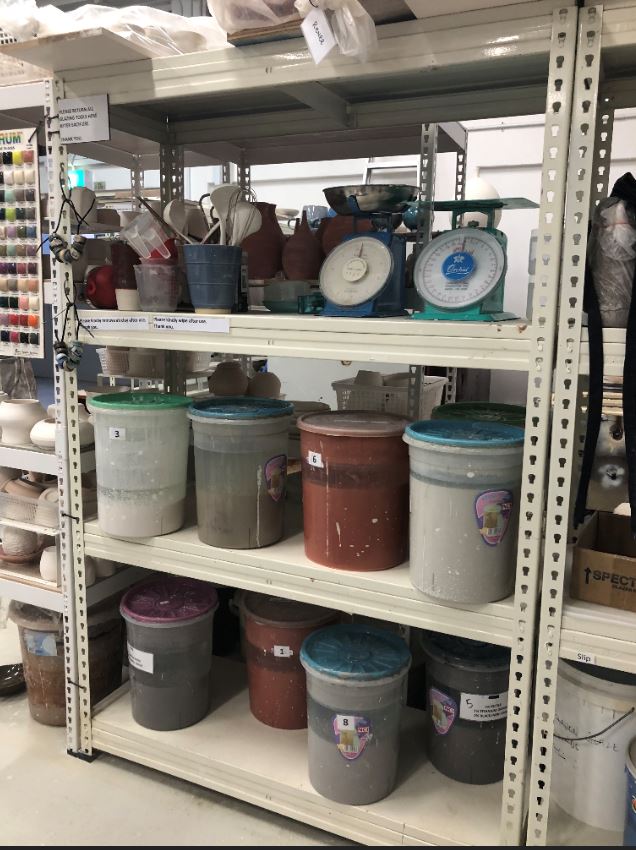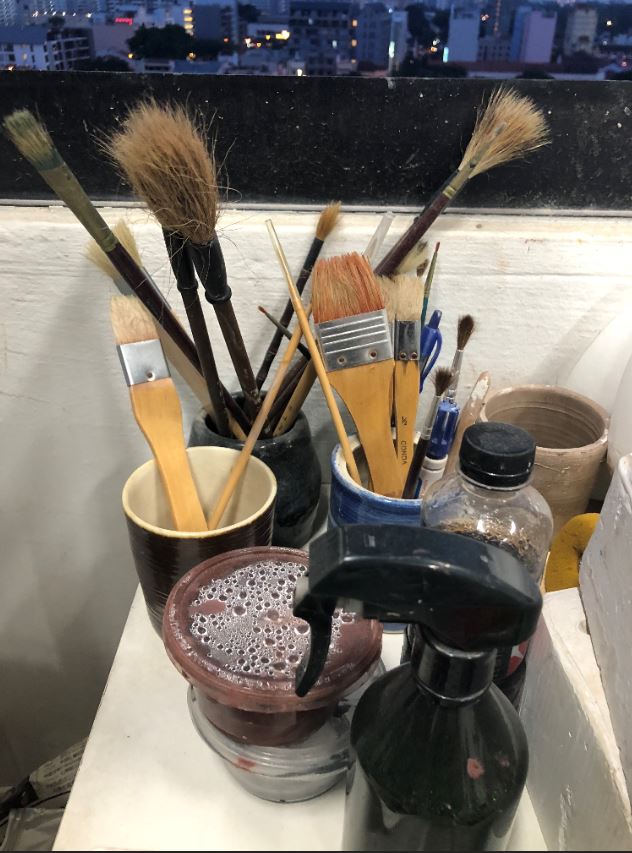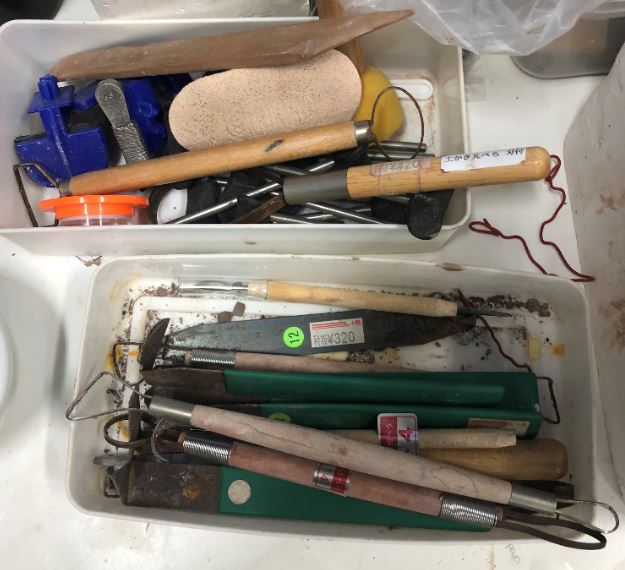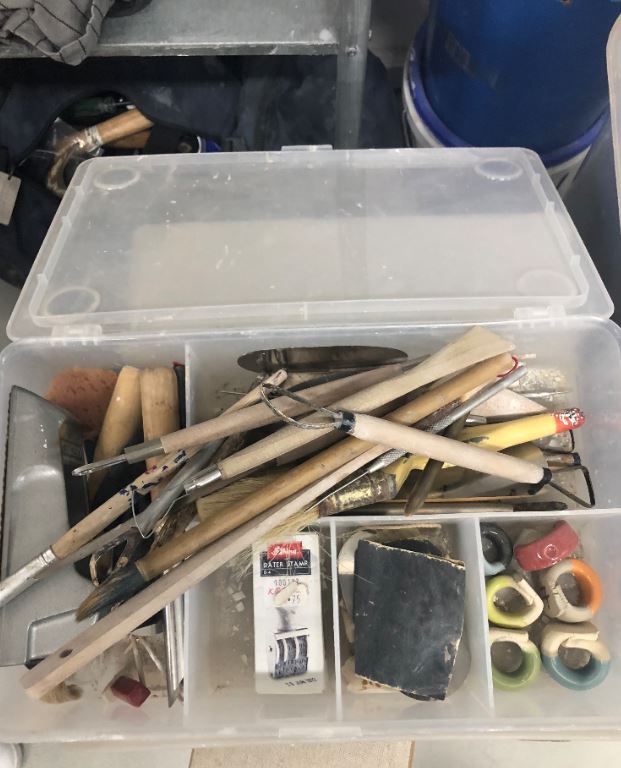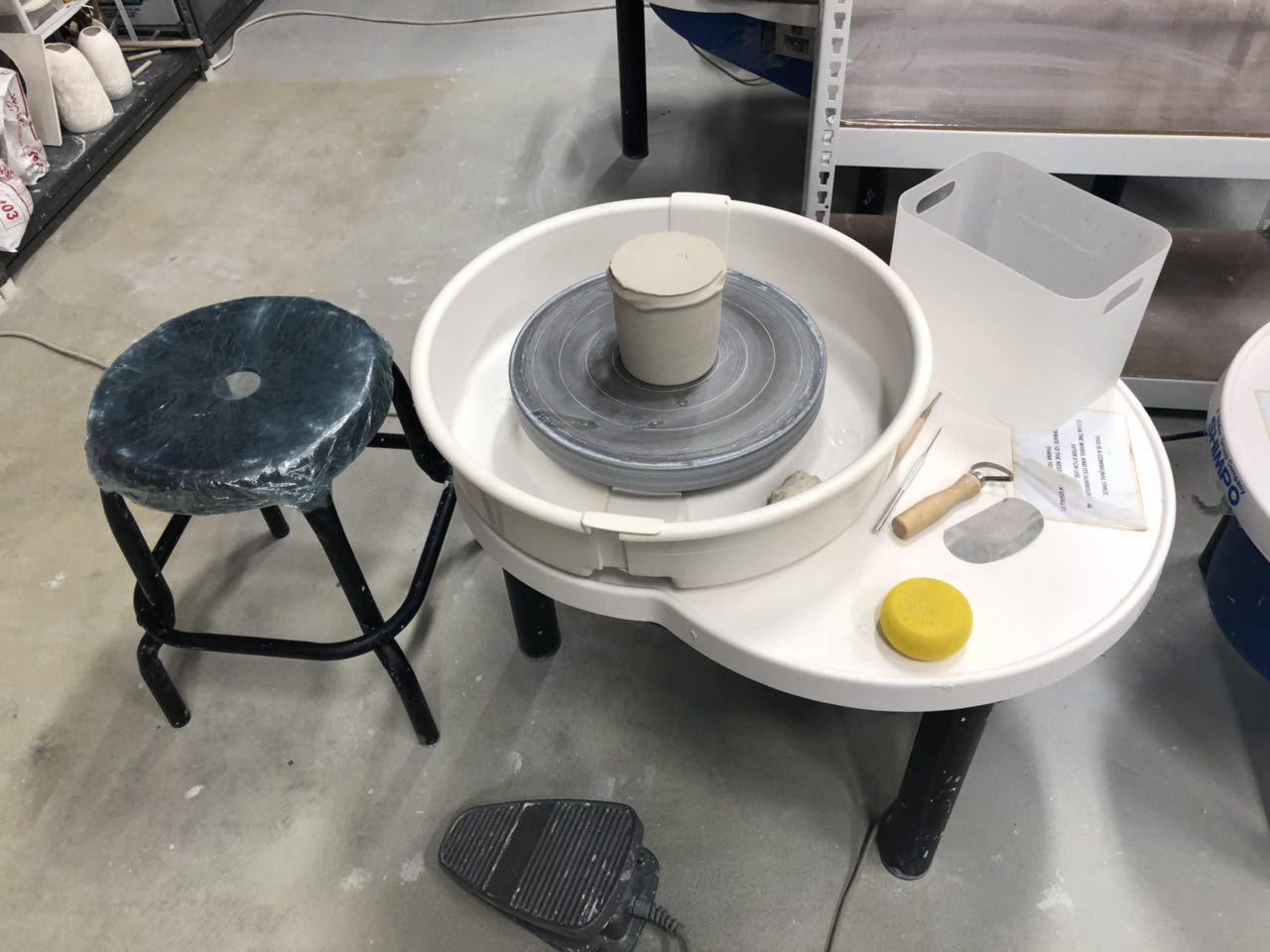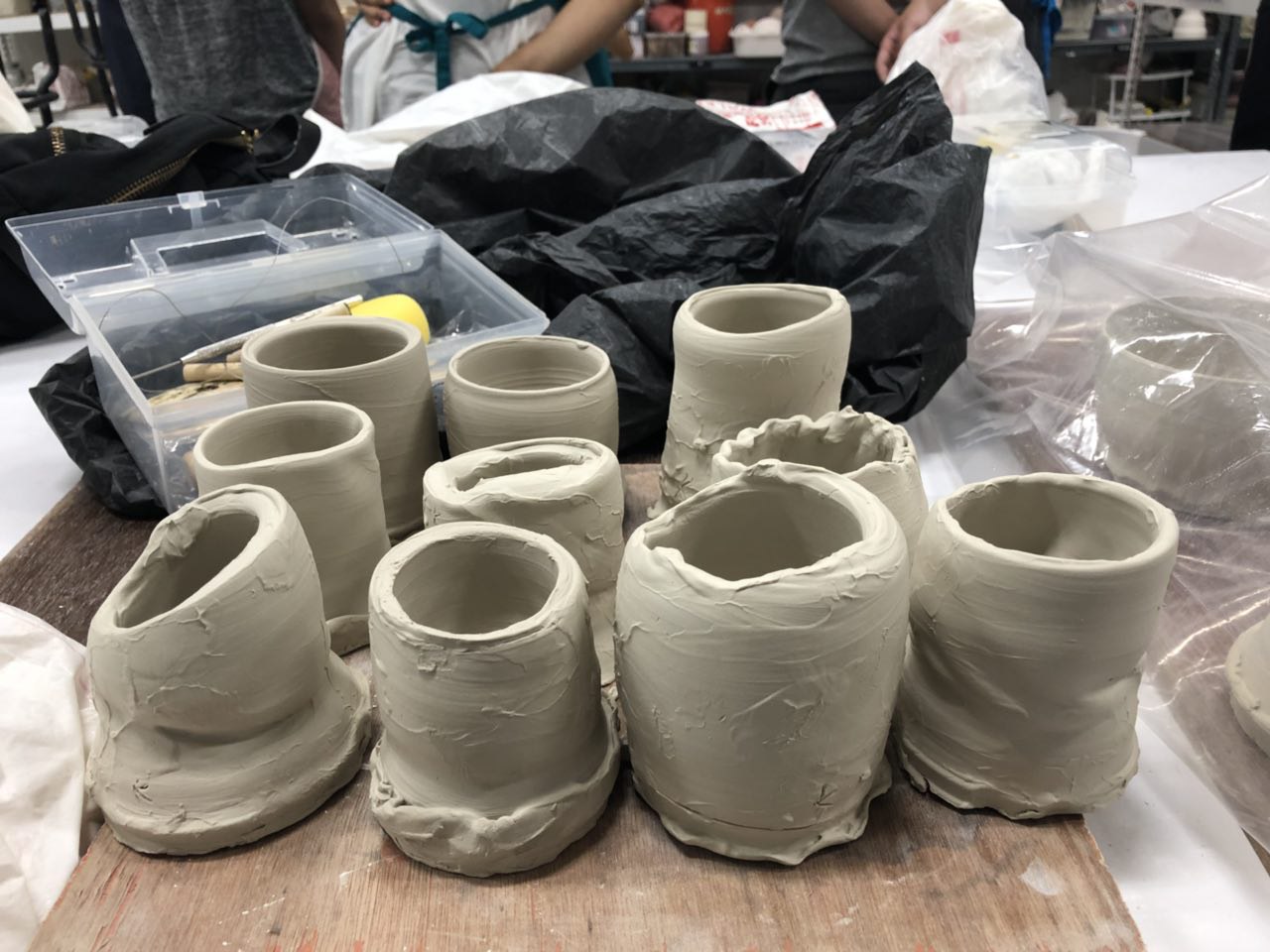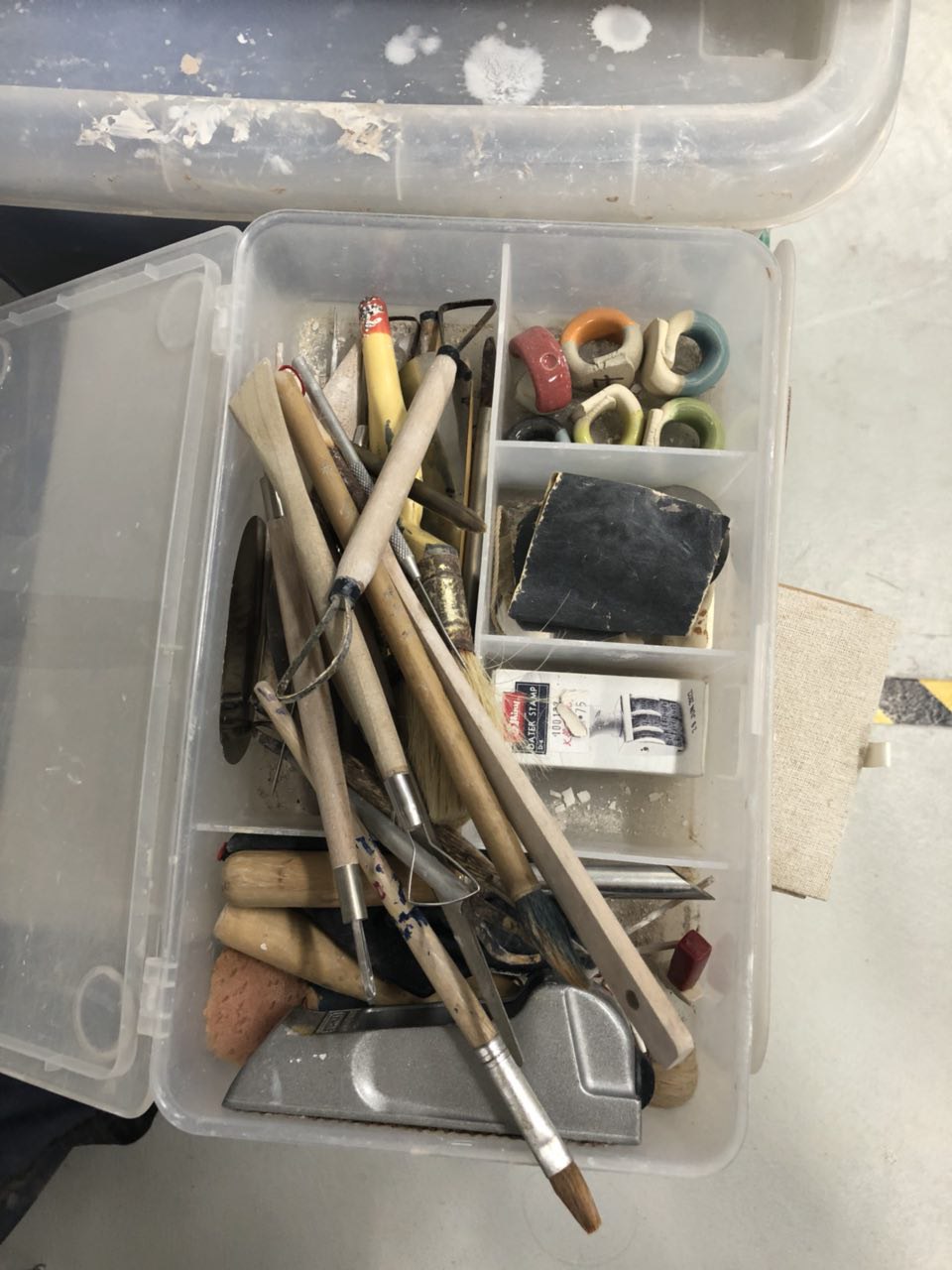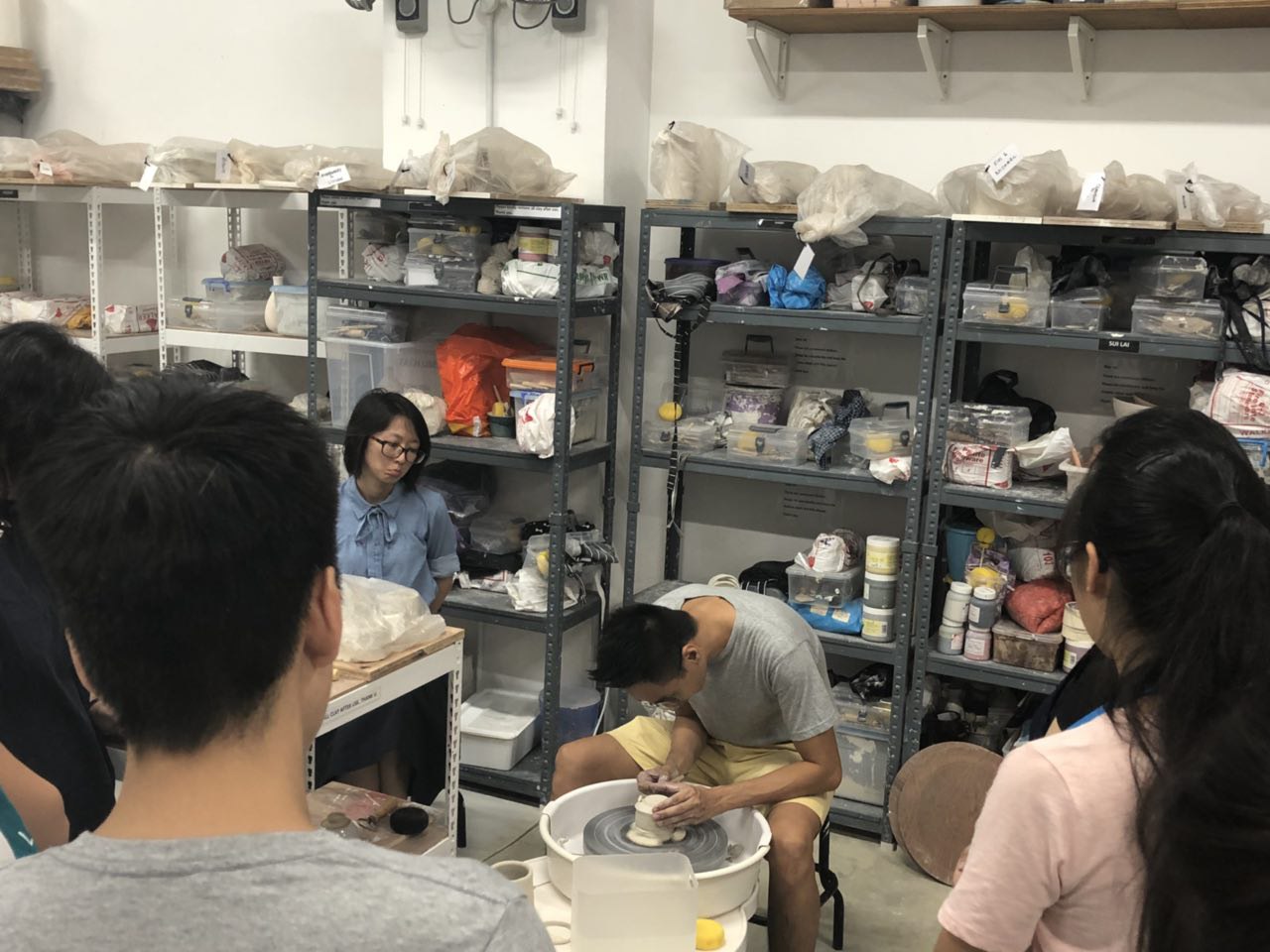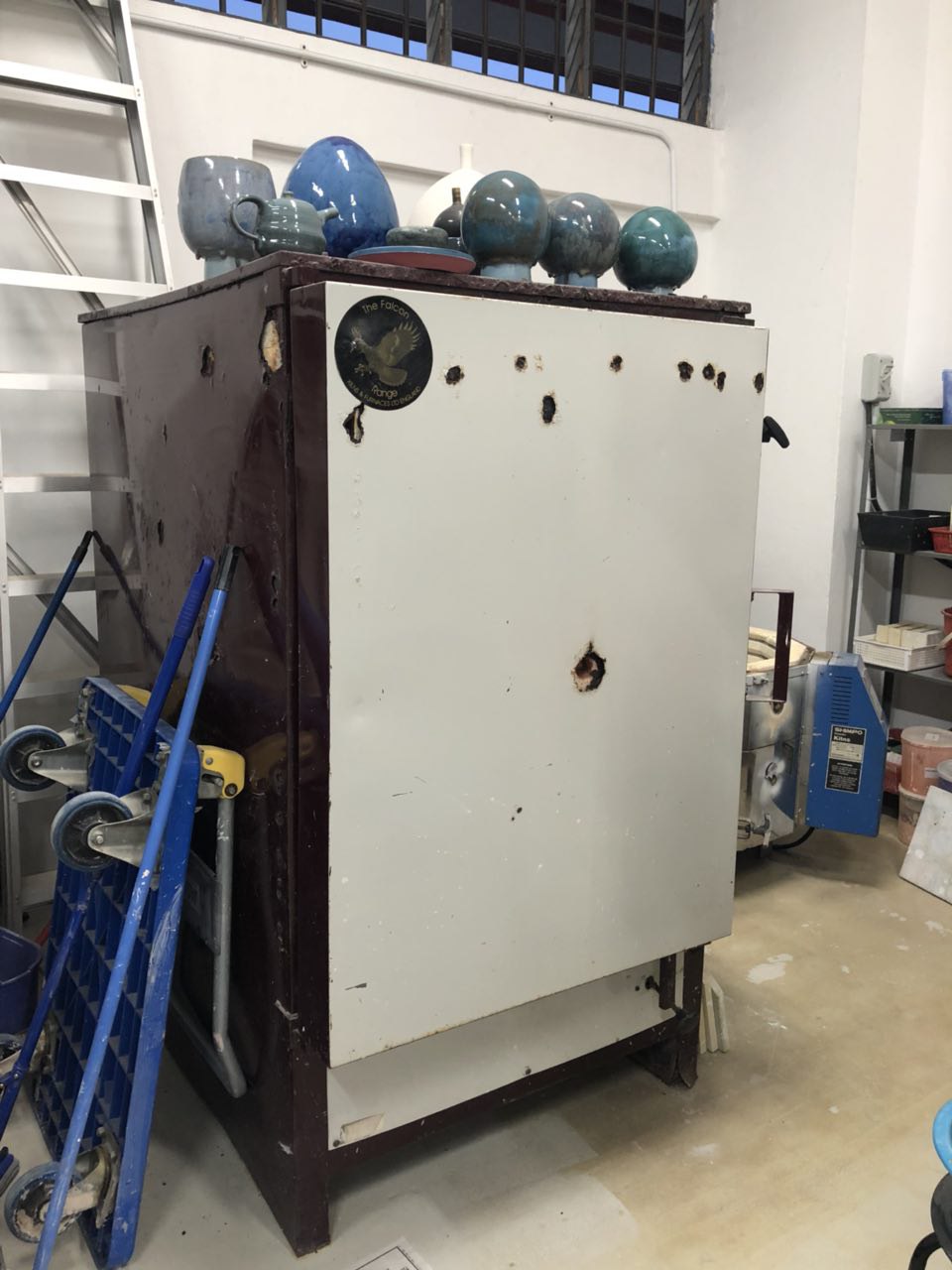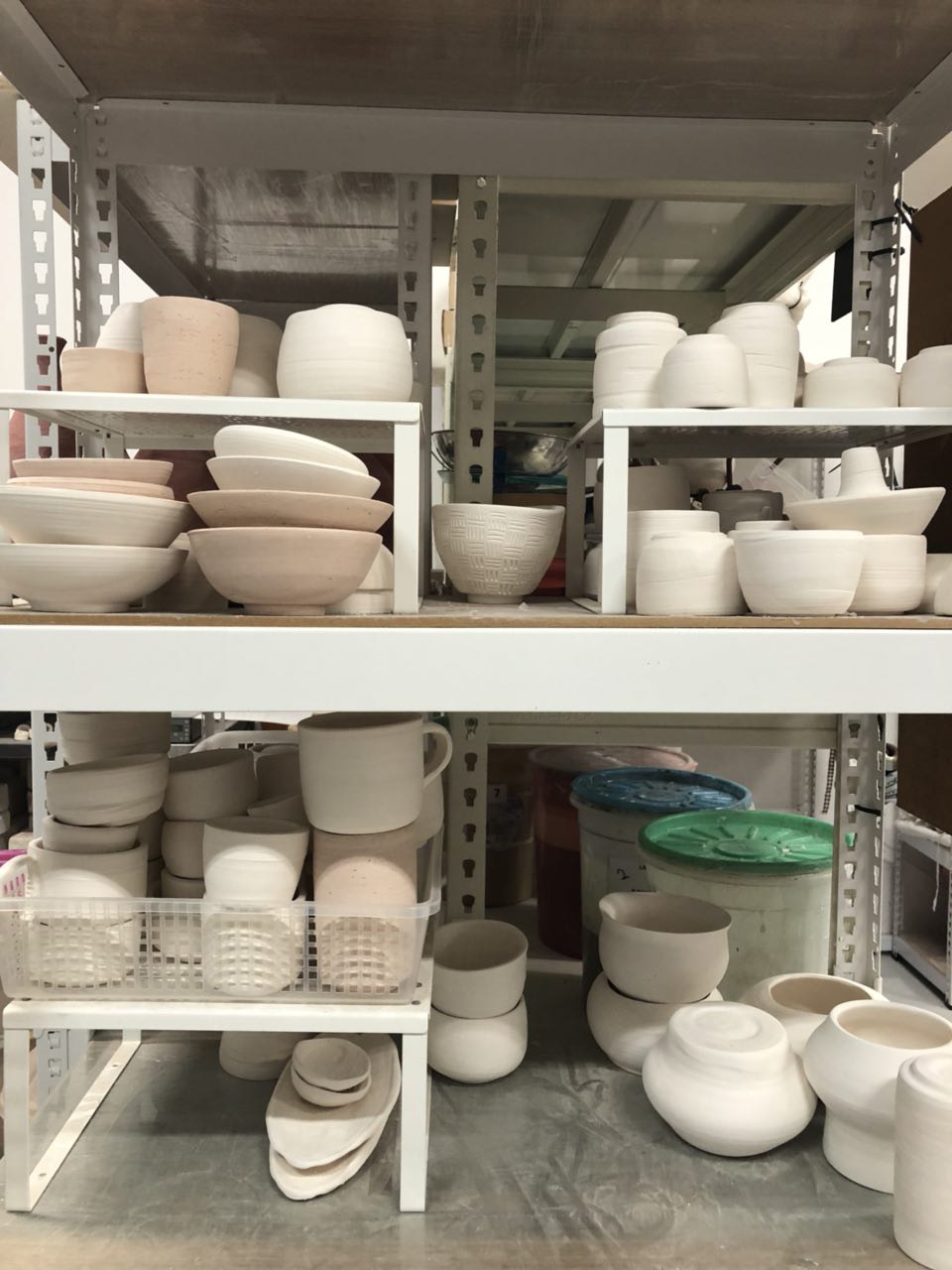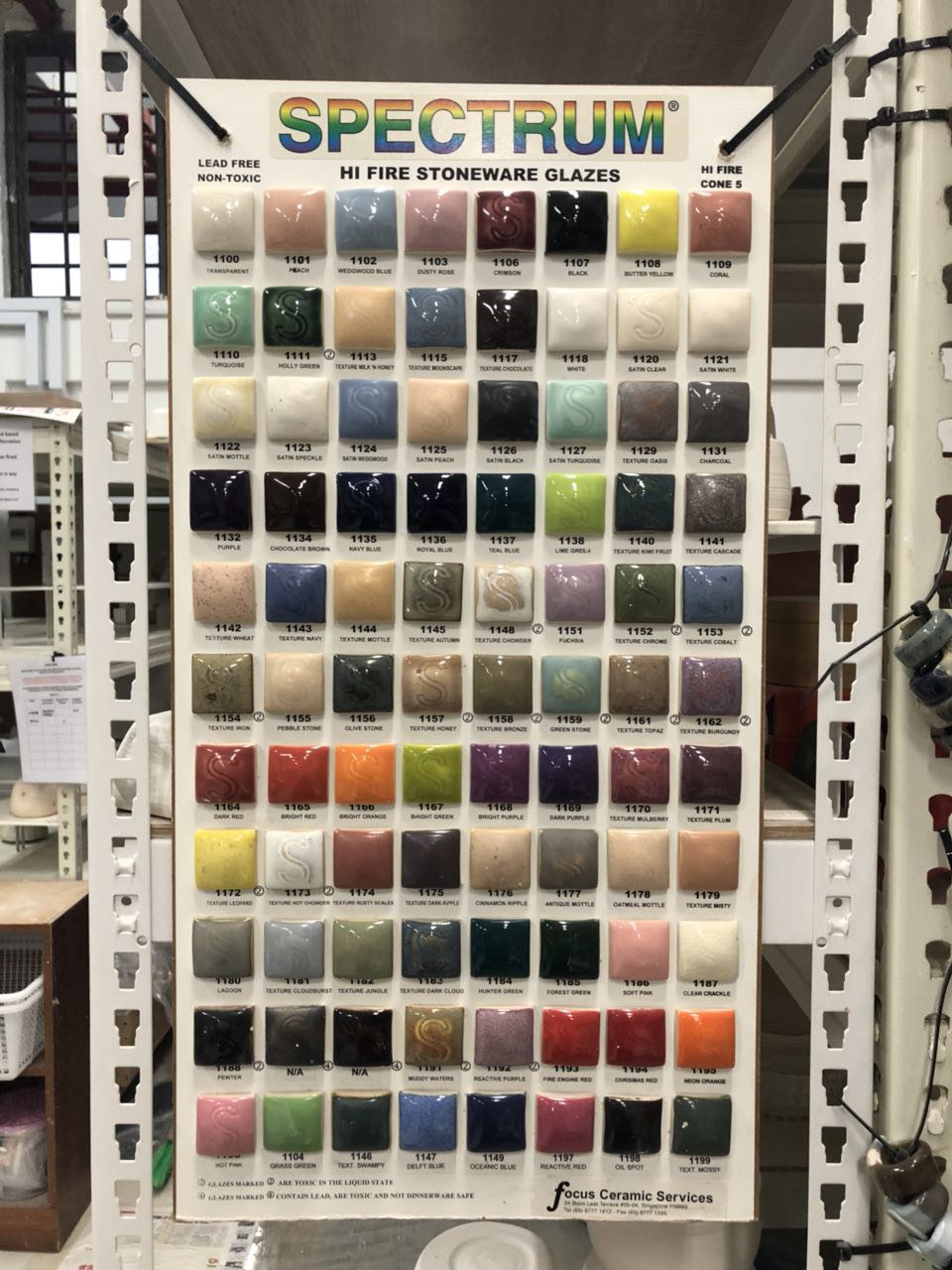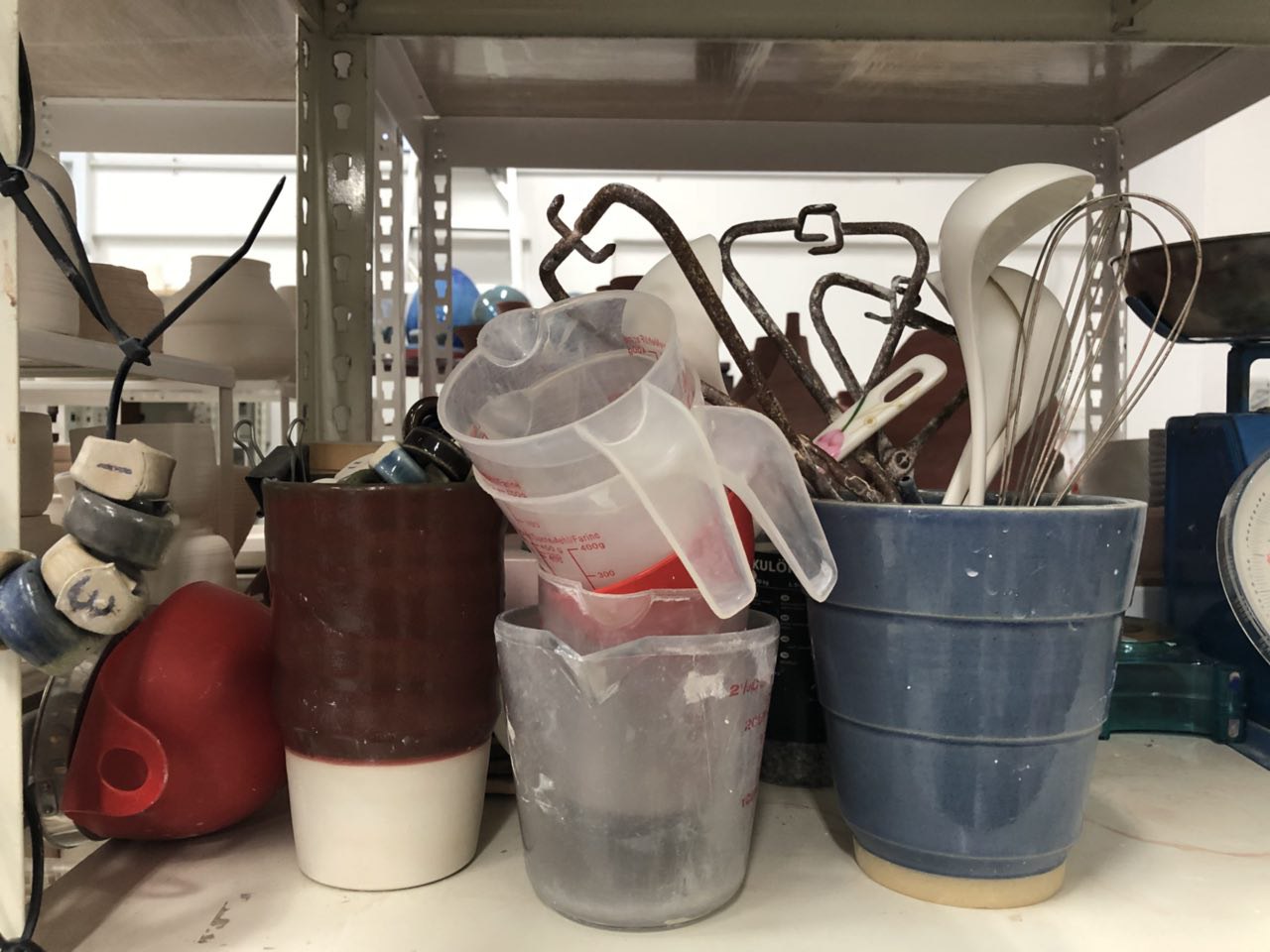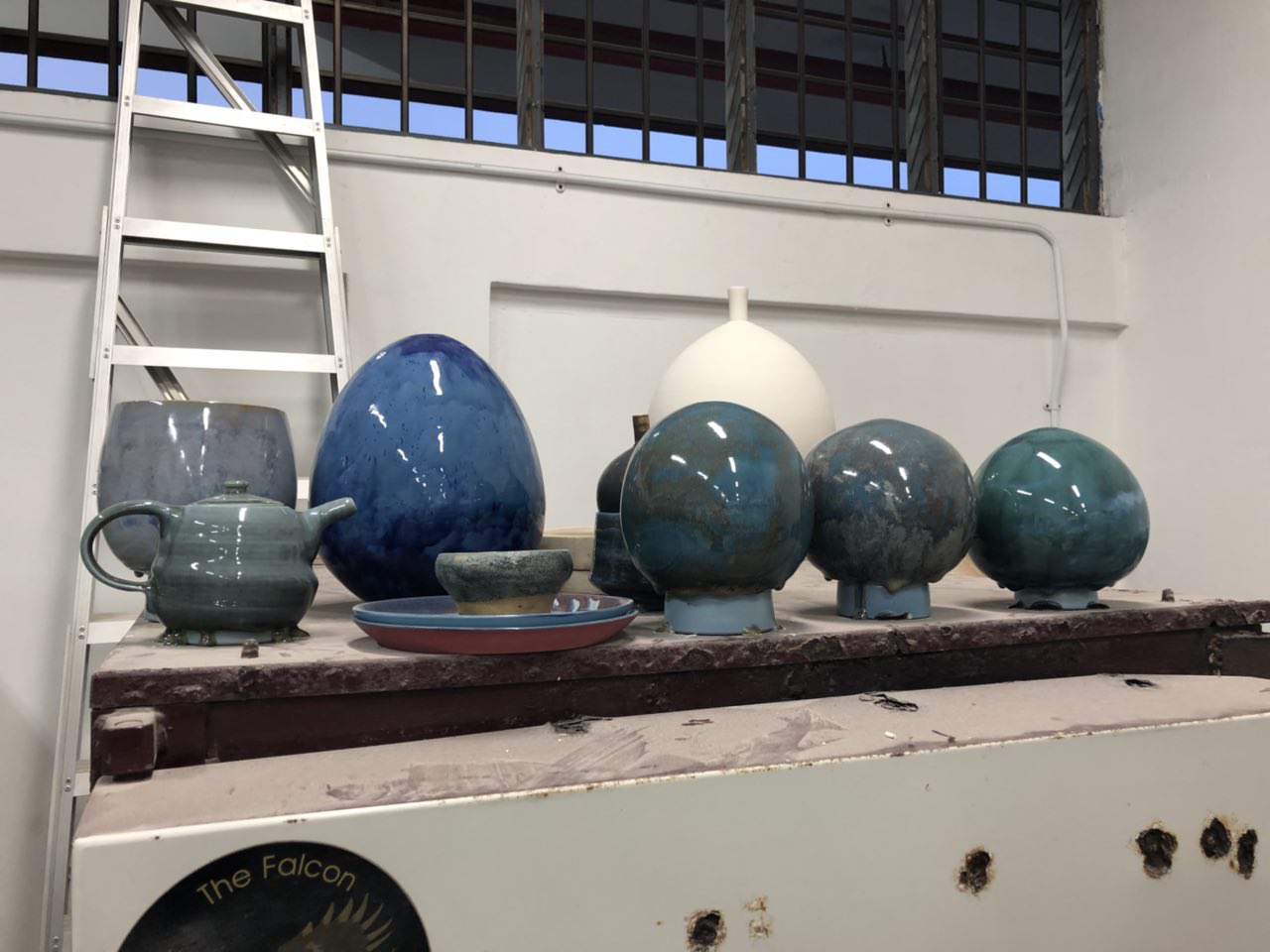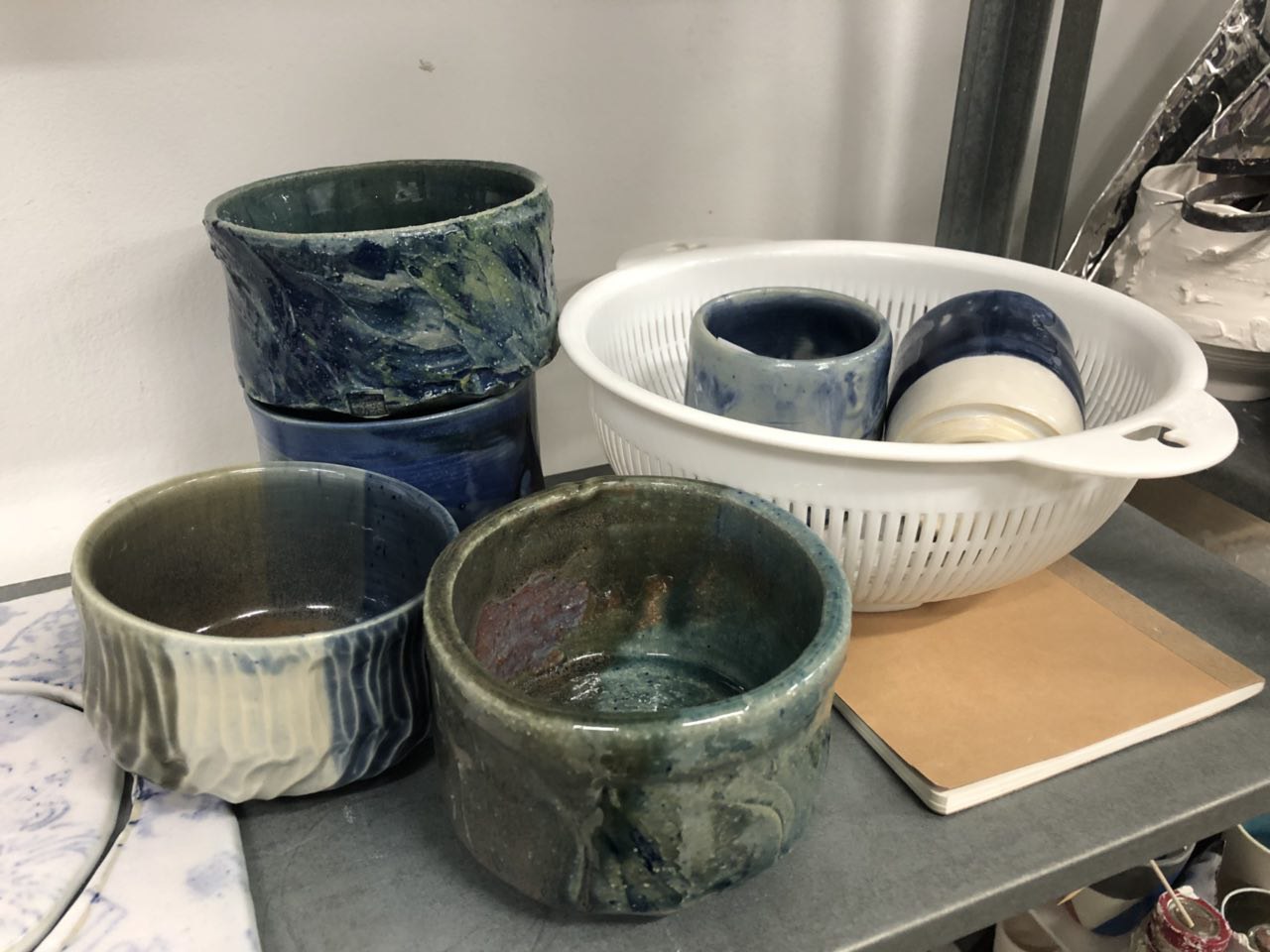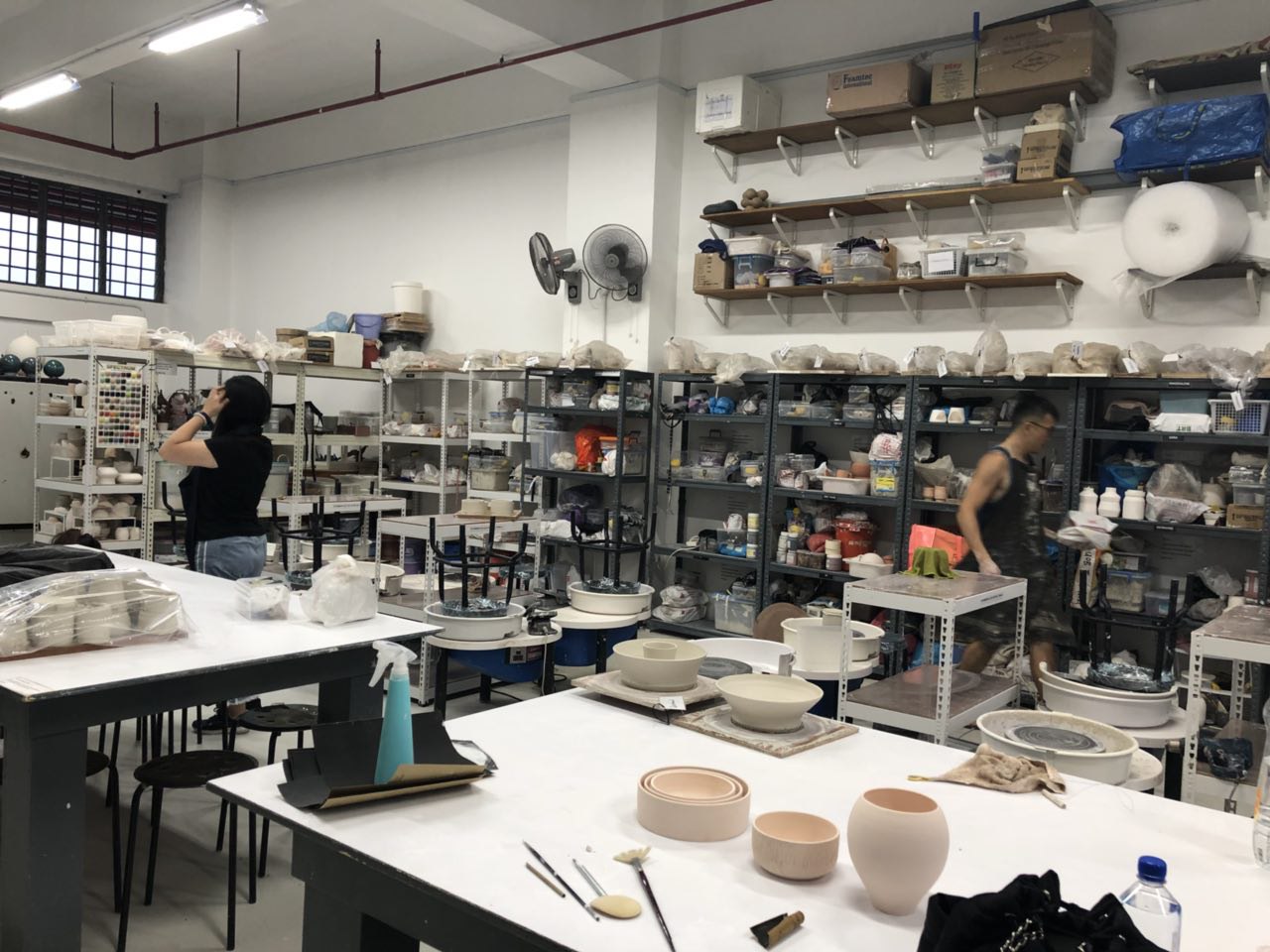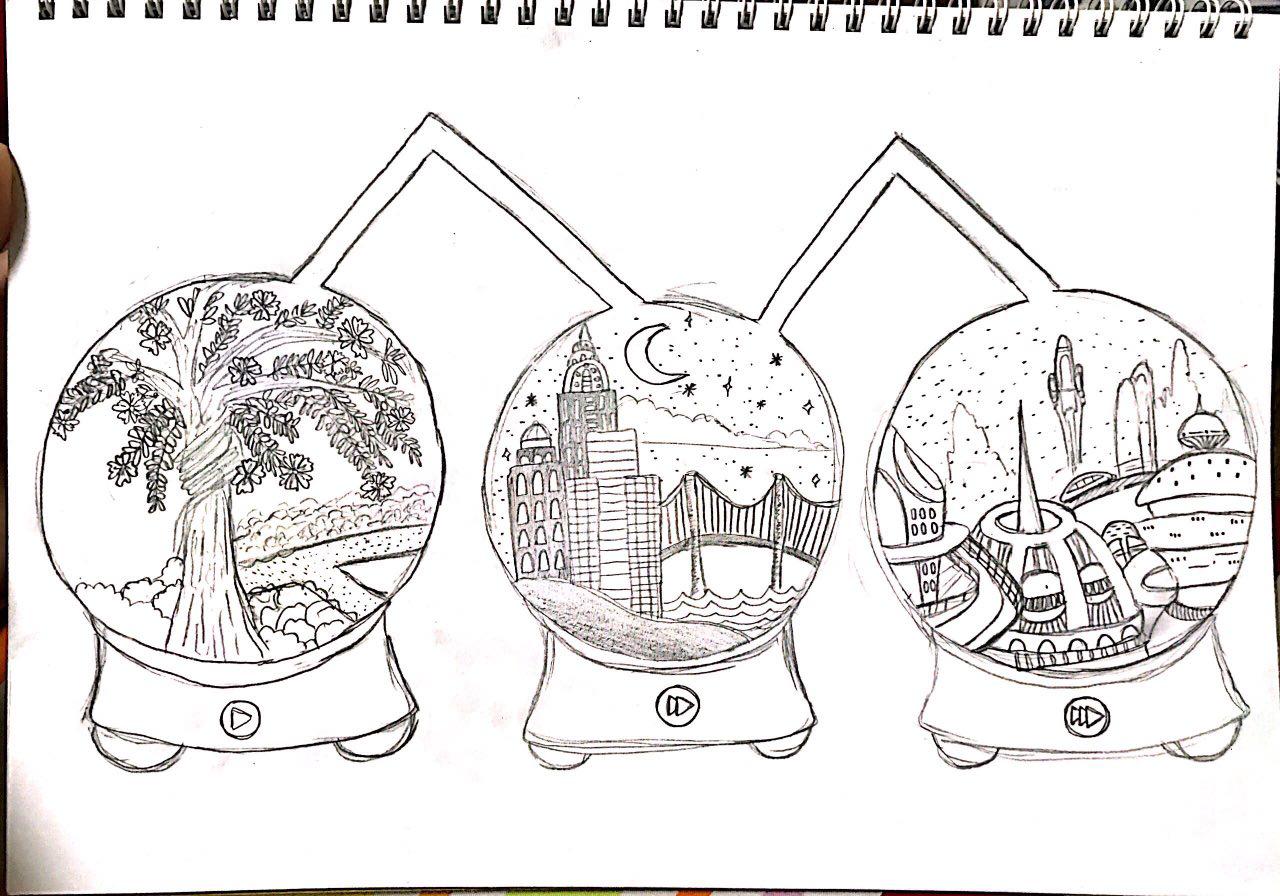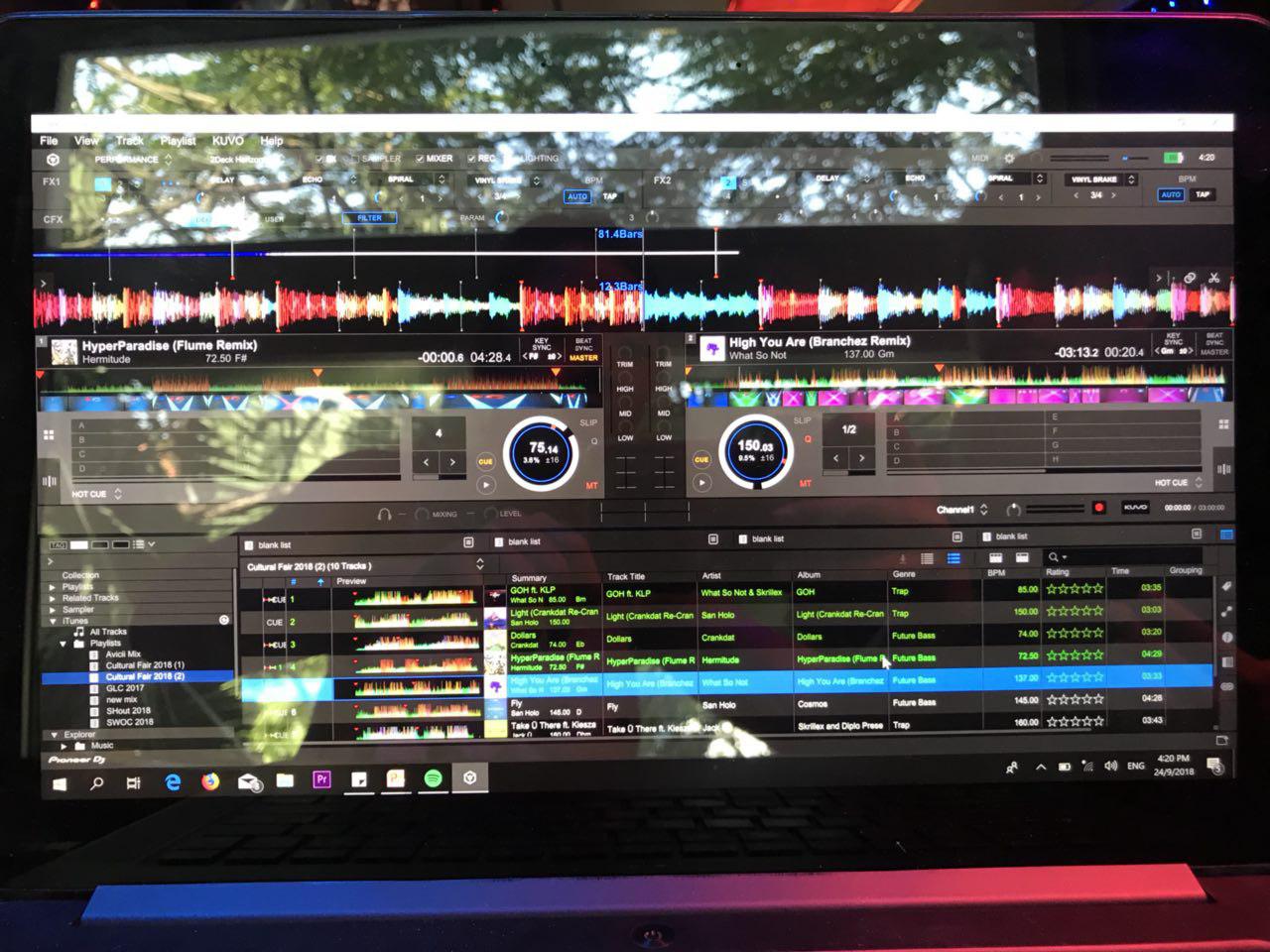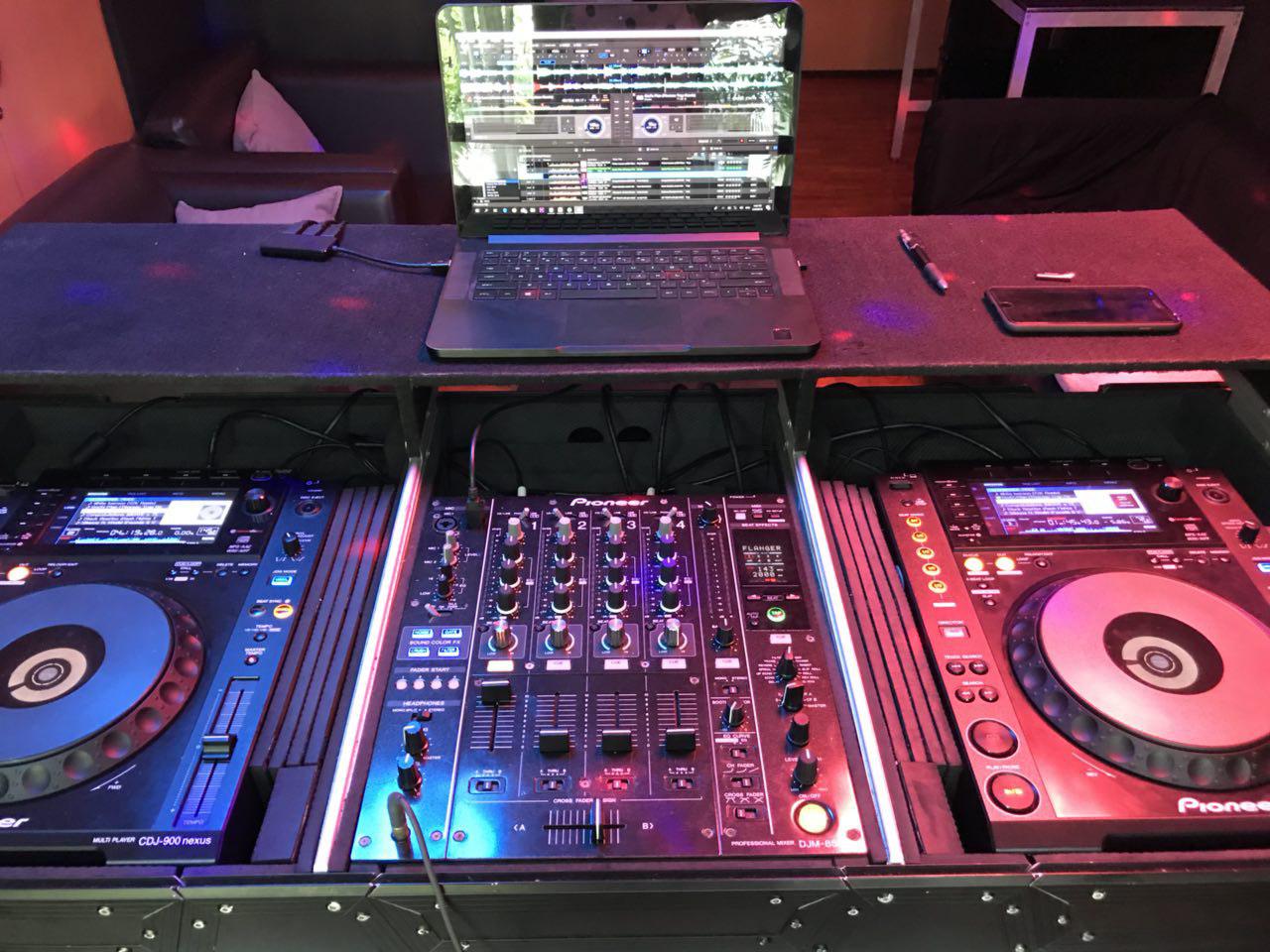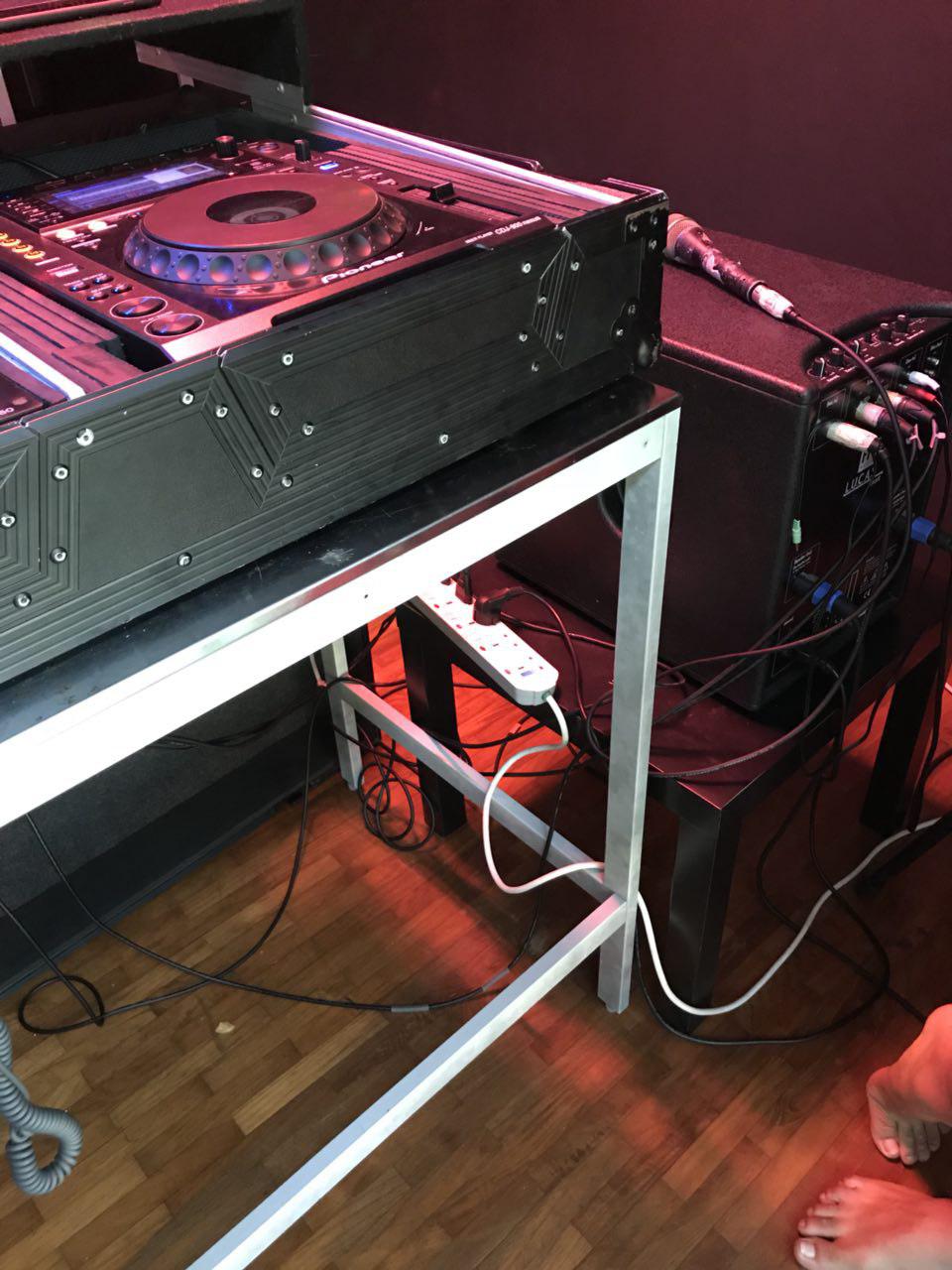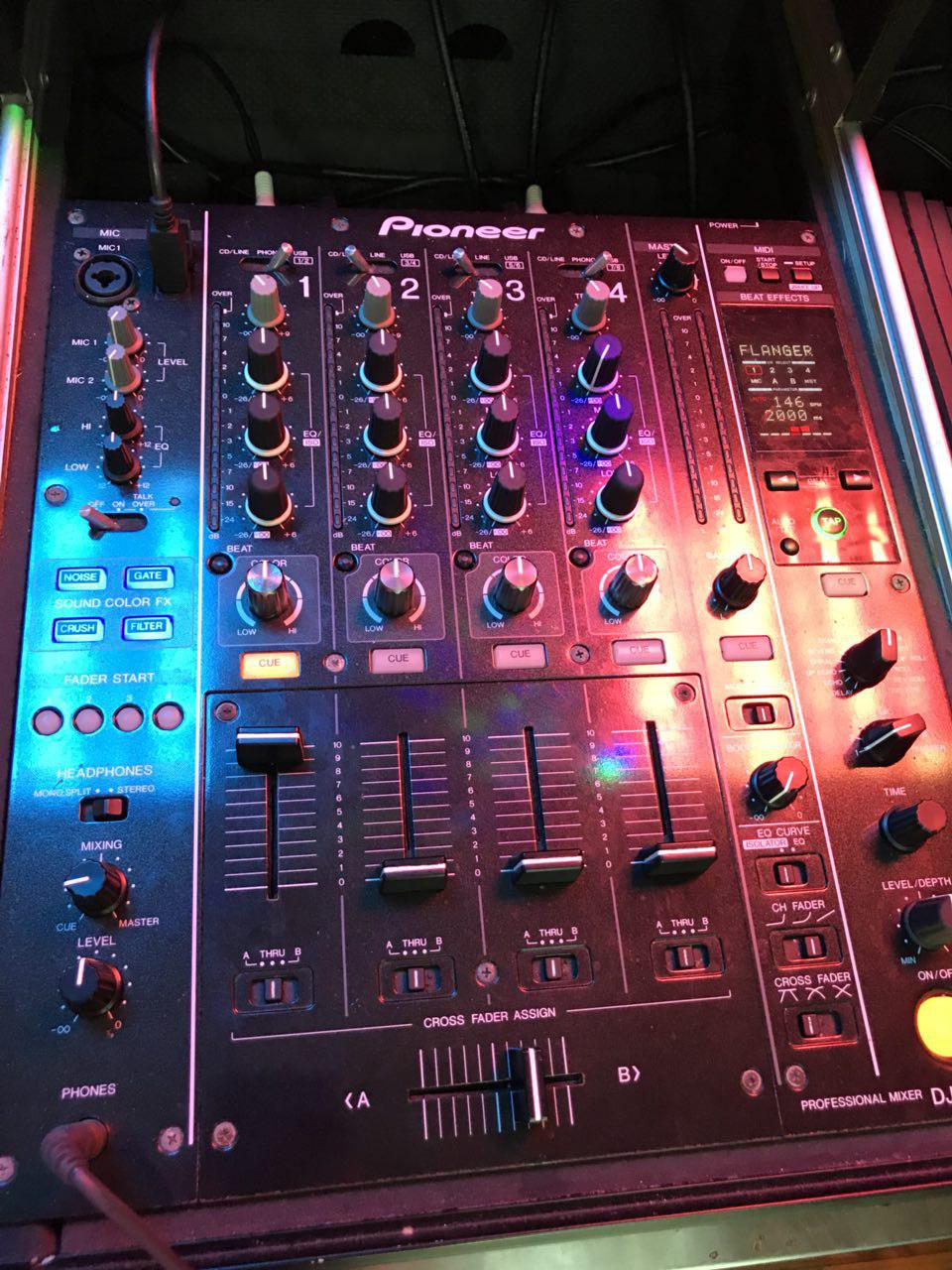In this world, everyone wears a wireless earpiece and listens to the same music. Music becomes a drug of choice and no one will be walking anywhere without the earpiece. The music depends on what is played in the location, e.g. in coffee shops or in the library (silent disco concept). As long as there is music playing in the location, the earpiece will be connected automatically and will play them.
It functions similarly to a solar panel (but instead of sun, it will work when there is the presence of music). People can choose to disconnect from the location’s music and engage in a conversation with another party by connecting to a virtual chat room. Parties can hear one another through the earpiece. When TVs or radios are detected, users can also choose to connect to them. It can also store music in this earpiece.
Whenever someone loses or damages their earpiece, he or she can easily collect another one in any nearby train stations for free.
- Addresses accessibility and the reliance on this earpiece in this world.
- Addresses social class issues → Something that everyone has, regardless of social class
Summary of the functions:
- Plays any music that is playing at the location
- Will function whenever any music is detected
- Disconnect to background music
- Connect to a virtual chat room to engage in a conversation (face to face)
- If it detects any TVs or radios, users can choose to connect to them
- Store music
- Sets music of the location
- Do not need to charge (like solar panel)
The story will focus on a male who is passionate about pottery and would like to perform street pottery to promote this underrated art. He uses a pottery wheel that works functions based on the music playing at the location. Whenever he reaches a location where there is no background music played, he will plug in his earpiece to the pottery wheel and sets the music of the location. This way, people who walk pass will be able to hear the tune he is creating his pottery to. As music consist of different tempos, there will be a stand to help control the stability of his hands which will help him to draw and carve the pottery in straight lines.
Sketch:
